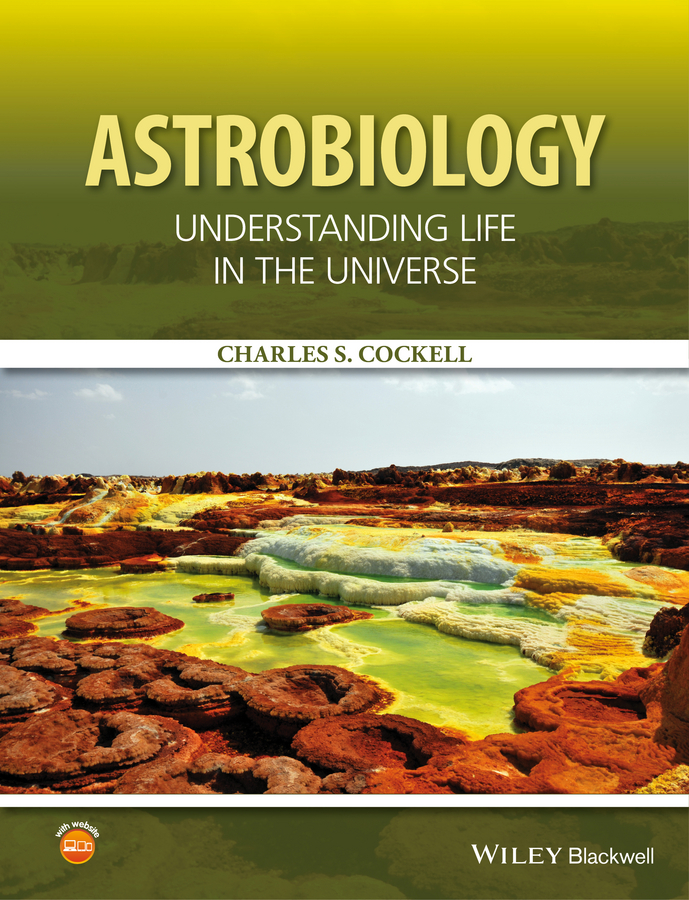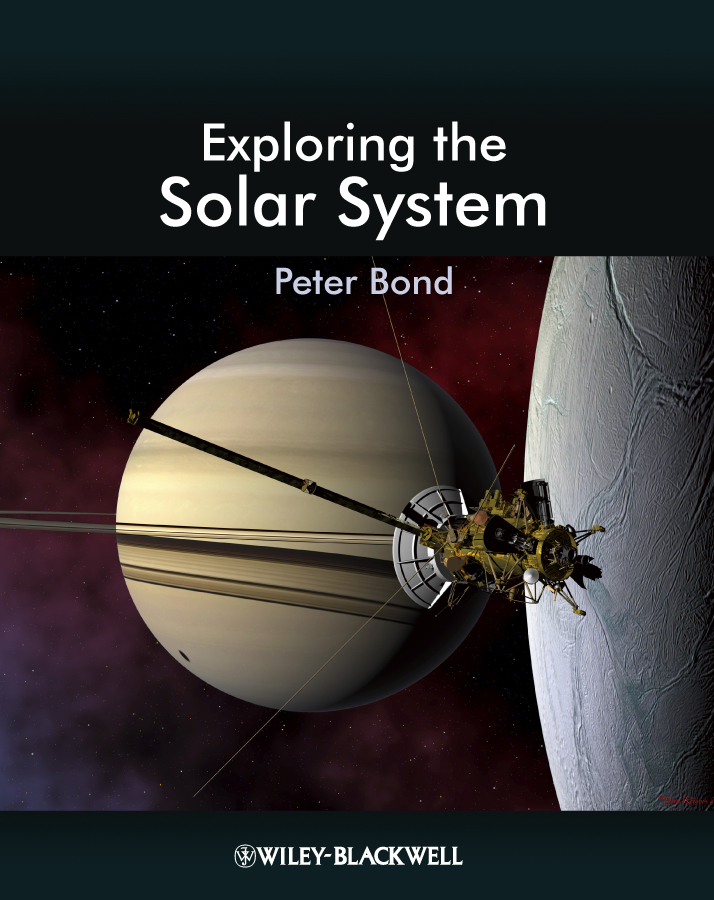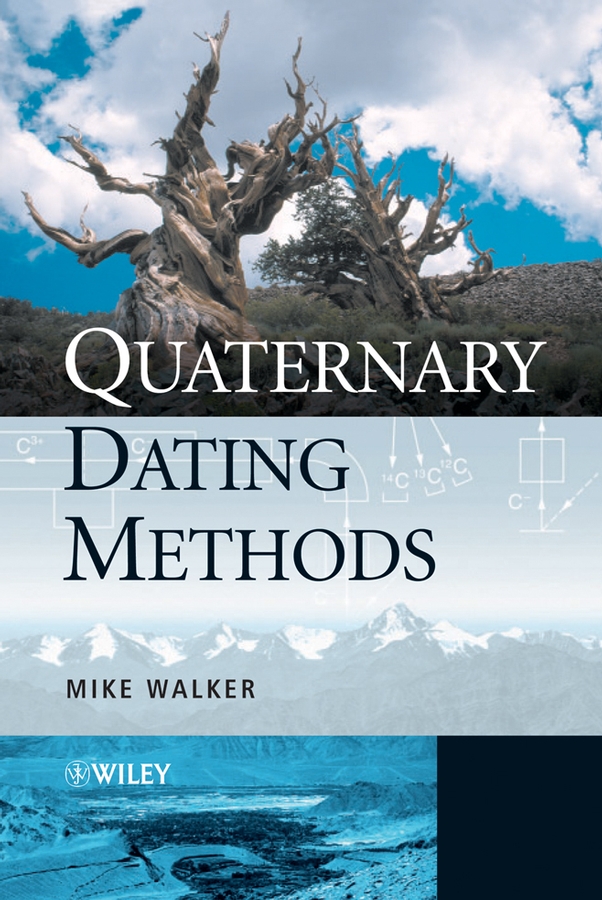CLCP1
LanguageENG
PublishYear2015
publishCompany
Wiley
EISBN
9781118913345
PISBN
9781118913321
edition
- Product Details
- Contents
- More About the Author
- recommend
There is currently a lack of a thorough introductory university text on Astrobiology, suitable for starting university courses and providing support to existing courses. The aim of this textbook is to provide an accessible text that can be read by undergraduates in physics, geosciences, biological sciences and social sciences and can be used by lecturers across university disciplines as a basis for astrobiology courses and teaching astrobiology within existing conventional courses. The textbook, Fundamentals of Astrobiology, seeks to meet major learning objectives in physics, geosciences and biological sciences. By achieving a discussion of fundamental ideas from the structure of DNA to Solar System dynamics, the book provides a vehicle for teaching students a wide-range of principles and ideas that are essential underpinnings of these other more traditional disciplines. The textbook is comprised a series of chapters that are logically organised to introduce the subject matter. Part I provides a summary of Astrobiology and some of the basic physics and biology that underlies the structure of matter, radiation and ultimately biological molecules.Part II introduces the student to the basic laws that govern the behaviour of the Universe, how stars and planets form and ultimately how habitable planets form and how we might detect them around other starsPart III takes up the question of the origin of life, the structure of the phylogenetic tree and how life has spread on Earth. The section looks in more detail at how life has adapted to the many and varied environments (including extreme environments) on the Earth.Part IV investigates in greater depth the history of the Earth as a habitable world, how the planet formed, its early conditions, the evidence for early life and the calamities that life has experienced during its tenure on the Earth.Part V looks at what we know the habitability of other worlds in our Solar System, such as Mars and the icy moons of Saturn and Jupiter.Part VI looks at the question of other intelligences in the Universe.
Collected by
- Princeton University
- Yale University
- University College London
- Columbia University Library
- UCB











